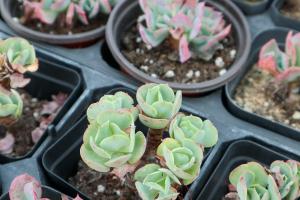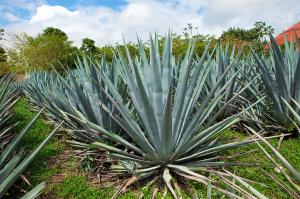How to Make Soft Pots for Plants
Soft pots have become increasingly popular among plant lovers because of their many advantages. These planters are lightweight, breathable, and promote healthier root growth. They can also be made from recycled materials, making them a sustainable choice. In this article, we'll guide you through the steps to make your own soft pots for your plants.
Materials and Tools Required
Before starting the process of making soft pots for plants, it's essential to gather all the necessary materials and tools. Here's a list:
Non-woven fabric (you can use recycled fabric like old t-shirts or bed sheets)
Scissors
Ruler
Sewing machine or needle and thread
Instructions
Follow these simple steps to make your own soft planters:
Measure and cut two pieces of fabric, one for the bottom and one for the body of the pot. The length and width of the fabric depend on the size of the plant you're planning to grow, so be sure to measure carefully.
Place the two pieces of fabric one on top of the other, with the right side facing inwards. Pin the edges together to keep them in place while sewing.
Sew the two pieces of fabric together, leaving a small opening at the top to turn the fabric inside out. If using a sewing machine, make sure to backstitch at the beginning and end of each seam.
Turn the pot inside out through the opening to reveal the right side of the fabric. Gently push out the corners of the pot to straighten them out.
Fold the top edge of the pot over to create a neat hemline. Sew along the edge to secure it in place.
Your soft pot is now ready to use! Fill it with soil and your desired plant, and watch it grow healthily in its breathable new home.
Tips for Using Soft Pots
Here are some tips to get the most out of your soft pots:
Make sure to water your plants regularly, as the breathable fabric can cause moisture to evaporate quickly.
To prevent the fabric from fading or deteriorating, avoid placing the pot in direct sunlight for extended periods.
If the pot becomes wet, let it dry out completely before filling it with soil and a new plant.
When the season changes or if you're re-potting your plant, you can easily wash your soft pot for reuse. Just toss it in the washing machine with mild detergent and lay it flat to dry.
Conclusion
Making your own soft pots for plants is a fun and eco-friendly project that yields excellent results when done correctly. By following the step-by-step instructions outlined in this article, you can create your own soft pots and enjoy their many benefits. Remember to take care of your pots by watering them regularly and keeping them out of direct sunlight, and they'll reward you with beautiful, healthy plants for years to come.

 how many times do yo...
how many times do yo... how many planted tre...
how many planted tre... how many pine trees ...
how many pine trees ... how many pecan trees...
how many pecan trees... how many plants comp...
how many plants comp... how many plants can ...
how many plants can ... how many plants and ...
how many plants and ... how many pepper plan...
how many pepper plan...
































